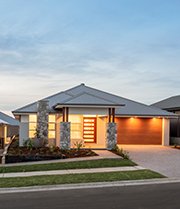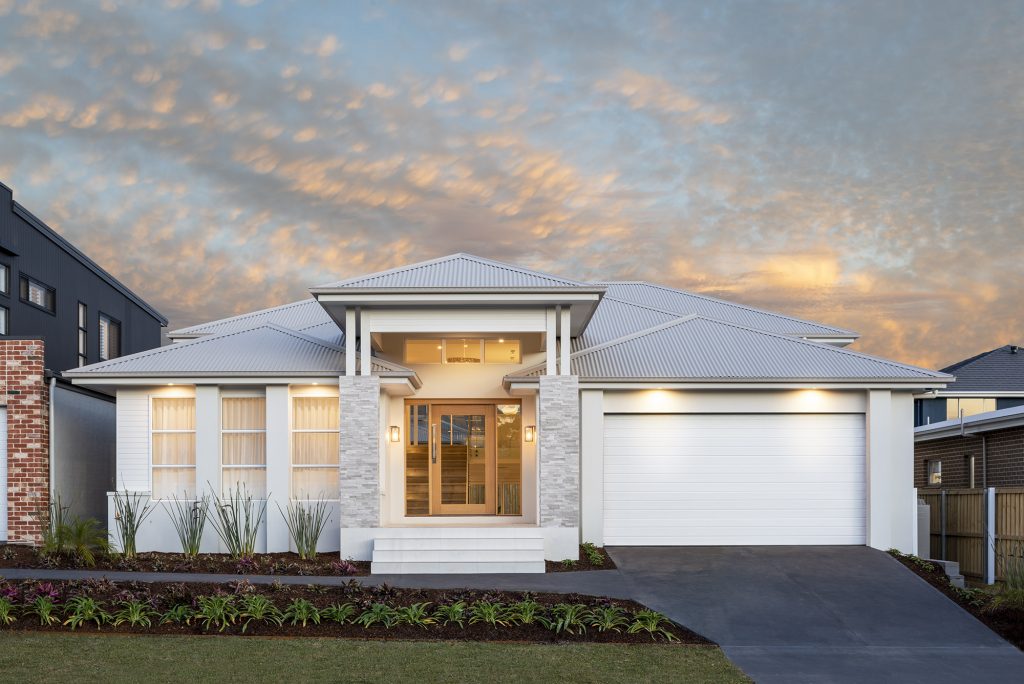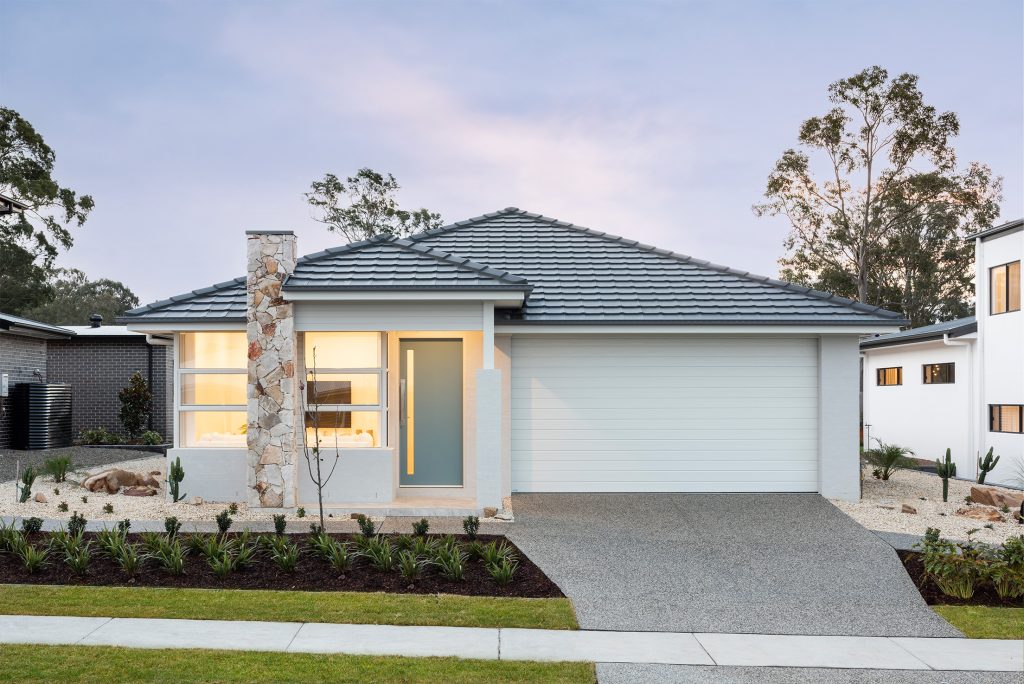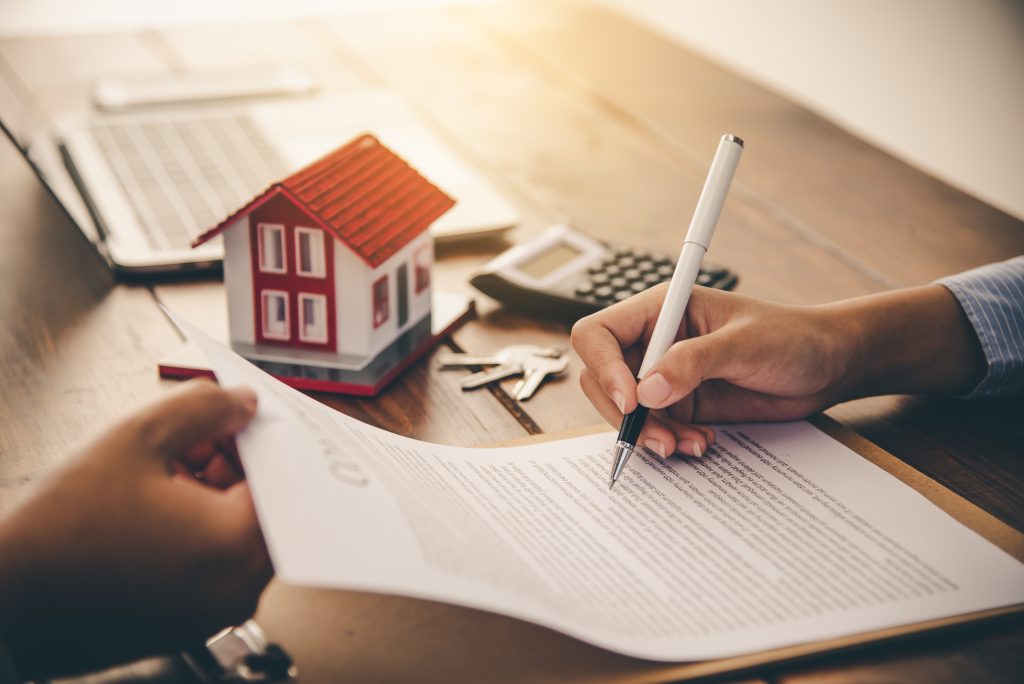8 First Home Buyer Tips to Make the Process Simple and Stress-Free

Disclaimer: The information on this page is general information only. It should not be taken as professional advice. Montgomery Homes is not a financial adviser and you should seek independent legal, financial or other advice to check how the website information relates to your unique circumstances.
Our first home buyer tips to make the process simple & stress-free
Becoming a homeowner for the first time is one of the biggest and most valuable investments you’ll ever make!
The home building (or buying) process can be a little overwhelming for a first time homeowner. There are so many options — you can buy a pre-existing home or build a fresh, customised home; you can compare home loans and rates or consider a guarantor.
The options are endless!
We want to simplify the process so you can have an exciting, memorable experience building a new home. Here, we share eight essential first time home buyer tips so you can feel confident navigating your new home purchase. Read on!
First home tip #1: Get a financial health check-up
Before purchasing a new home, you’ll need to determine if you can afford it. Browsing through home designs and real estate listings online can send hopes soaring sky-high, but it’s important not to let the excitement cloud your judgment.
While house (or home design) hunting, we recommend getting a financial health check-up. There are a couple of options here:
- Sit down and list out all of your weekly/fortnightly/monthly expenses.
- How much are you spending vs. how much are you saving?
- Is there anything you’ll need to sacrifice or spend less on to achieve your dream home?
- Are you paying insurance for anything?
- How much are you spending on takeaway food each month, and do you need to cut back to save money?
These are all important questions to ask yourself. Knowing how much you’re spending and saving will give you a better idea of how much you can contribute to your future mortgage each week, fortnight, or month.
- Talk to a financial planner. If you need professional help sorting out your finances, we recommend talking to an experienced financial planner to help map out the future. A financial planner will take the stress out of the home buying process, provide you with financial first home buyer advice and balance out your finances to make them more manageable.
It’s also important to remember that the deposit for a new home is at least 5% — of the total value of the property, so make sure to have lots of savings in the bank before leaping into home ownership and make a plan to manage mortgage payments in the not-too-distant future.
Plus, if you live in NSW, you may qualify for the NSW Home Guarantee Scheme, which requires a deposit of only 5% (2% for single parents) to purchase or build a new home without lenders’ mortgage insurance (LMI).
First home tip #2: Look into the First Home Owner Grant
For aspiring homeowners, it’s worth looking into government grants or schemes for your new home build or purchase. Look for any restrictions in the fine print that may prevent your eligibility.
As a first homeowner, you could be eligible for the First Home Owner Grant of $10,000. There’s some fine print to the First Home Buyers Grant:
- You must be over the age of 18 and an Australian citizen.
- Your new home must have a total value of less than $600,000.
- Your land and home must have combined values of less than $750,000.
- You have not built or purchased a new home in the past, or received the First Home Owner Grant in the past.
You may also be eligible for other grants, like the First Home Buyer Assistance Scheme (less or no transfer duty), the Shared Equity Home Buyer Helper (2% deposit for specific people).
Refer to the NSW Government website for the latest grants for your new home!
First home tip #3: Ask a parent or guardian to be a guarantor
Looking to unlock extra benefits and discounts? Don’t have enough cash for a deposit? You can also make a parent or guardian your “guarantor” for the purchase.
A guarantor can use their own property as security to guarantee either the entire loan or a portion of it. Your parent or guardian will be responsible for the loan if you can’t repay, lowering the borrower’s risk in the eyes of the bank or lender.
There are a range of benefits to assigning a guarantor to a loan:
- You can borrow up to 105% of the property value
- You can purchase a home sooner rather than later
- You can avoid the cost of lender’s mortgage insurance
- You can unlock better loans with better rates
Once you’re financially stable enough to make the payments, you can apply to have the guarantor removed.
First home tip #4: Find out how much you can borrow from the bank
After examining your finances and exploring possible ways to reduce costs, the next step is to determine how much you’ll need to borrow for the construction (or purchase) of your new home.
You might know how much you’ll need to borrow based on the home designs you’ve been admiring online. From here, you can either head into the local branch of your bank and speak to a home loan officer, or you can head online and use their home loan calculator for a ballpark estimate.
Most banks have a home loan calculator on their website:
- Commonwealth Bank
- St George
- Westpac
- ANZ
- NAB (also viewable on realestate.com.au)
- IMB Bank
Remember, these are estimates only. We recommend speaking with your bank, broker, or conveyancer for a more accurate estimate of your borrowing ability.
First home tip #5: Create a budget for your new home build
Once you know how much money you can borrow, whether you are eligible for grants, and whether you have a guarantor, you can set a budget and aim to stick to it.
For example, the bank might offer a $800,000 loan, so you might aim for a home design of $600,000 - $750,000, which will leave plenty of room for upgrades, changes to your home design, or even furniture, decorations, and landscaping once your home is ready to move into.
It all comes down to how much you’re allowed to borrow and how much you’re willing to spend. Plus, a budget can help keep things balanced and realistic, so you don’t spend more than you can pay for!
First home tip #6: Consider what kind of home is best for you - and start shopping!
We’ve come to the exciting part… Getting serious about house hunting! You’ve probably been browsing home designs and real estate listings for a while now, but deciding which house is right for you can be hard.
Here are a few things to consider when house hunting online:
- How far will you have to travel or commute for work and study?
- How far will you have to travel to see friends and family?
- How many parking spaces will you need?
- How many bedrooms will you need?
- How often will you have guests?
- Will you need a granny flat in the backyard for guests?
- Will your parents need somewhere to live in the future?
- Will you need room for kids in the future, or room for a growing family?
- Will your kids need to walk to school or commute?
The trick is to create a list of “must-have” items for your new home and narrow down your choices. Your dream home will present itself before you know it.
First home tip #7: Determine whether you want to buy or build
During house-hunting, you’ll also have to decide whether building or buying is better for you. Both have pros and cons — for example, if you buy a pre-existing home, you can move in almost immediately. However, buying a pre-existing home also has the disadvantage of needing potential renovations and work straight off the bat, which can push the overall price up.
Building might be your better option if you’ve been browsing through real estate listings online and can’t find the perfect home.
At Montgomery Homes, we’re committed to building the home you’ve always dreamed of. You can adapt one of our home designs to match your lifestyle—for example, you might choose to rearrange the bedrooms, invert the floor plans, or swap an entertainment area for a home gym.
You can also purchase one of our house and land packages! Complete with a block of land and a home design of your choosing; you can eliminate the stress of finding land to build on.
Plus, we’ll provide plenty of advice for first time home buyers so you can feel confident throughout the process!
We want to make your first home build simple and stress-free. Contact our team to discuss your options today.
First home tip #8: Make sure to get home and contents insurance
Once you’ve found your new home, signed the contracts, and placed a deposit, it’s time to consider home and contents insurance. This can happen in the lead-up to the move-in date or after you’ve moved in. However, we recommend looking into insurance sooner rather than later to protect your home and belongings.
Home insurance covers the structural elements of your home - the walls, windows, roofing, and other on-site structures like garages and driveways. Depending on your location, most banks and insurance companies will cover you for floods, storms, lightning strikes, earthquakes, and sometimes even meteorites!
You can also be covered for burglaries, vandalism, and damage from animals that aren’t yours.
Contents insurance, on the other hand, covers everything inside your new home, like furniture, appliances, collectables, jewellery, and other valuables.
There are many options to choose from. Compare the market and find the best insurance for your needs, or contact a financial planner for professional recommendations and advice.
Need some more first home buyer tips? Take the hassle out of building your first home with Montgomery Homes
We’re the number one choice for architectural home building in Newcastle, the Central Coast, Sydney and Wollongong. Whether you’re building your dream home or looking to rent-vest for your future, our friendly and professional team will be with you every step of the way.
Consider us your first home buyer guide, and contact us for more tips for buying your first home!
Explore our other blog posts
Similar Blogs
- All Articles
- Blog
- Building Process
- Featured
- Finance Tips
- Home Designs
- Inspiration Gallery Blog
- News & Events
- Selections Gallery
- Selections Gallery Blog
- Styling & Inspiration
- Sustainable Living




































